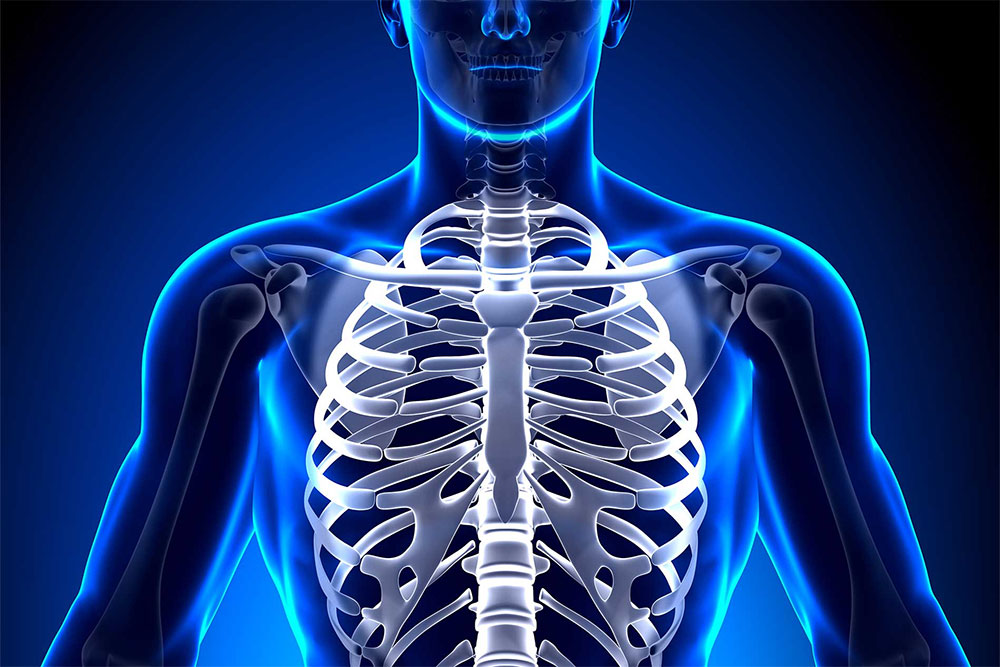Streptoderma is an infectious skin disease caused by streptococcus bacteria. It belongs to the group of pyodermas, that is, pustular diseases, and most often affects children and adolescents, since their immune system is not yet sufficiently developed to fight such infections. The spread of infection occurs through close contact, household items or toys. Streptoderma can appear on any part of the skin, but usually lesions are observed on the face, hands and feet, causing discomfort and inflammation.
How does streptococcal dermatitis appear
Symptoms of streptoderma can vary, depending on the degree of skin damage and the body’s reaction. Typical symptoms of the disease include:
- Red spots on the skin – first red or pink spots appear on the skin, which can itch and cause discomfort.
- Blisters with liquid – over time, small bubbles filled with clear or cloudy liquid form at the spot of spots, which is a characteristic feature of streptococcal dermatitis.
- Pusulent sores – after the blisters burst, purulent sores remain in their place, which can be covered with crusts and heal slowly.
- Itching and burning – affected areas of the skin are usually very itchy, which leads to scratching and further spread of infection.
- General weakness – in cases of severe lesions, the temperature may rise, weakness appears, especially in children.
Streptoderma in children can be acute and requires immediate treatment, as the disease tends to spread quickly, especially in groups (schools, kindergartens).
How to treat streptoderma
Treatment for streptoderma is prescribed by a doctor and usually includes topical therapy and, in some cases, antibiotics to fight the infection. The main recommendations include:
- Ointments and creams – in local treatment, antibacterial ointments are often used, which are applied to the affected areas of the skin. In pharmacies, you can find special ointments for streptoderma for children, which have antiseptic and soothing properties.
- Antibiotics – if the disease is severe or has spread to a large area of the skin, the doctor may prescribe a course of antibiotics for internal use.
- Drying agents – in the early stages of the disease, it is recommended to use drying antiseptic agents, for example, fucorcin or a solution of zelenka.
- Hygiene and isolation – to avoid further spread of infection, it is important to ensure thorough hygiene, use individual towels and care products, and limit contact with other children until full recovery.
What does streptoderma look like?
Streptoderma begins with small red spots, which then turn into blisters with fluid. After their rupture, wounds remain, which may be covered with yellowish or white crusts.
How to treat streptoderma in children
For the treatment of streptoderma in children, it is important to consult a doctor in time, as self-medication can complicate the course of the disease. Treatment usually involves the use of antiseptic and antibacterial agents to help stop the spread of infection. One of the key means is a special streptoderma ointment for children, which is applied directly to the affected areas of the skin. A doctor may prescribe antibiotic-based ointments, such as fusidic acid or mupirocin, to kill bacteria more effectively.
In cases of serious damage, oral antibiotics may be necessary, but they are prescribed exclusively by a doctor, taking into account the age of the child and the severity of the infection. It is also recommended to avoid contact with water on the affected areas in order not to spread the infection to other areas of the skin.
To relieve symptoms and reduce itching, the doctor may recommend special antihistamines. It is also important to thoroughly disinfect toys, clothes and bedding to avoid re-infection and transmission of the infection to other family members.




